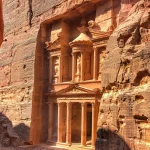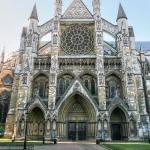This website uses cookies so that we can provide you with the best user experience possible. Cookie information is stored in your browser and performs functions such as recognising you when you return to our website and helping our team to understand which sections of the website you find most interesting and useful.

Architectural Wonders about the Great Pyramid of Giza
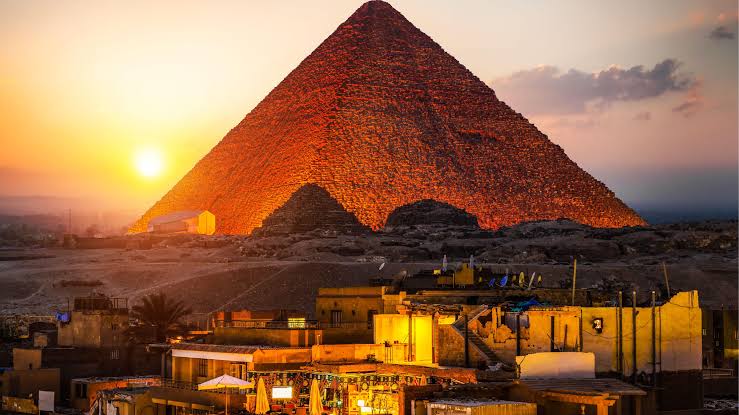
The Egyptian Pyramids are without a doubt among the most amazing ancient architectural wonders in the whole world. These perfectly aligned buildings have fascinated people for thousands of years and continue to intrigue us today. The more than 4,500-year-old Pyramids continue to be cloaked in mystery and the source of many unresolved questions.
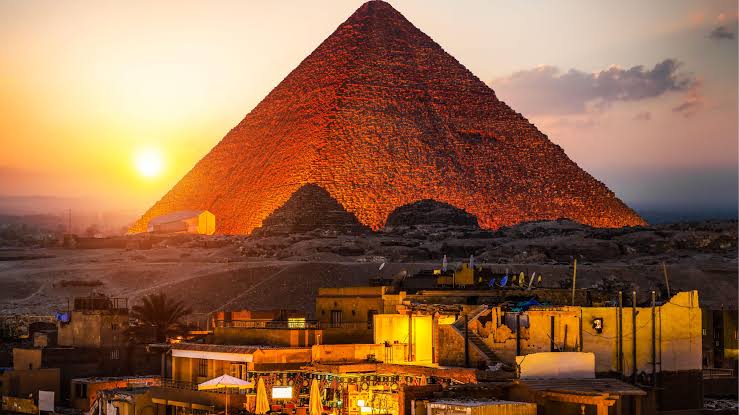
The Pyramids stand out because of their enormous size.
The Great Pyramid of Giza is arguably the biggest. With 146 meters tall and by calculation in terms of years, has been existing for more than 3,800 years. The Great Pyramid of Giza has been considered the greatest man-made architectural building in the world.
The Pyramid of Khafre, the second-largest pyramid, is also an engineering marvel, at 136 meters tall (447 ft).
Even though they were erected almost 4,500 years ago, the Pyramids are still technical and architectural marvels. During a lengthy period of time, it is thought that up to 100,000 individuals, including experienced stonemasons, engineers, and architects, toiled on these massive, enigmatic constructions.
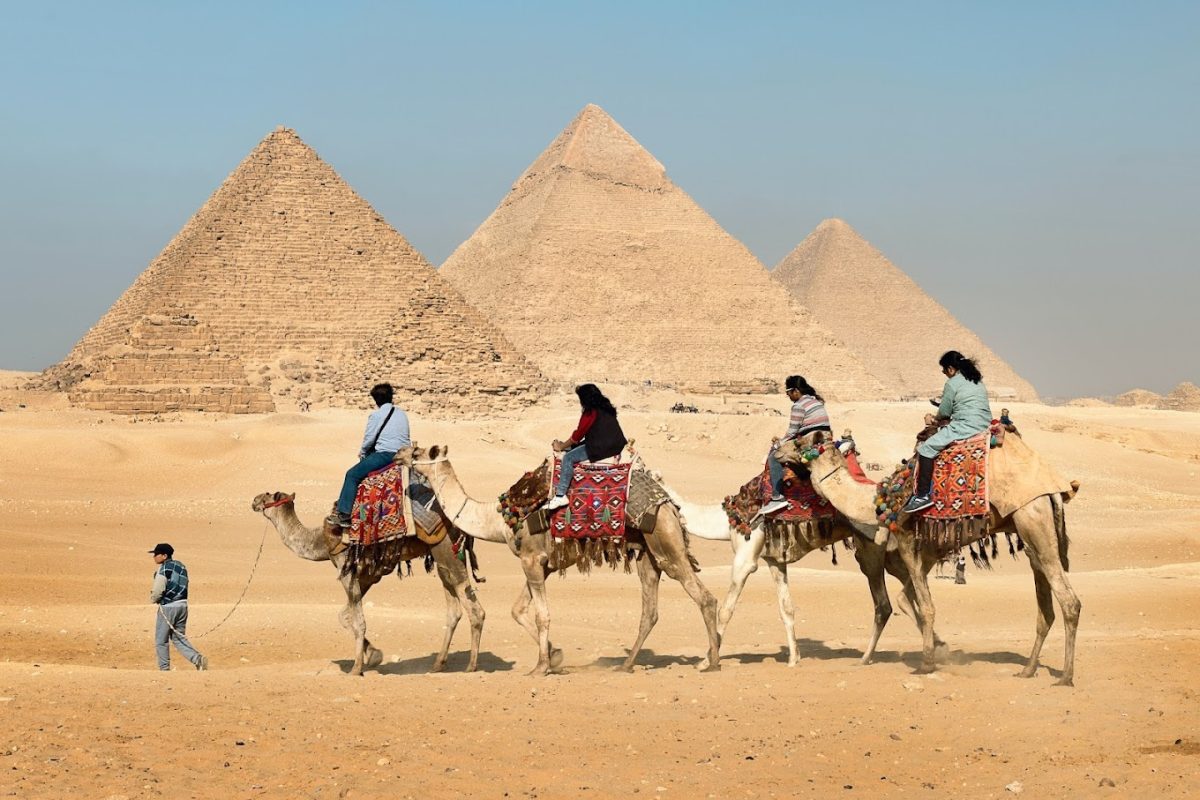
However, how the ancient Egyptians managed to build such structures remains a mystery. Experts are still baffled by the engineering techniques used to build these structures with nothing but physical strength. Theories suggest that the ancient Egyptians used a combination of techniques, such as ramps, levers, and pulleys, to move the large stone blocks weighing up to 80 tons into place.
One remarkable thing about the Pyramids is the precise line that follows up with the four cardinal points of the compass. Considering how these ancient people didn’t have access to modern technology even makes it more astounding.
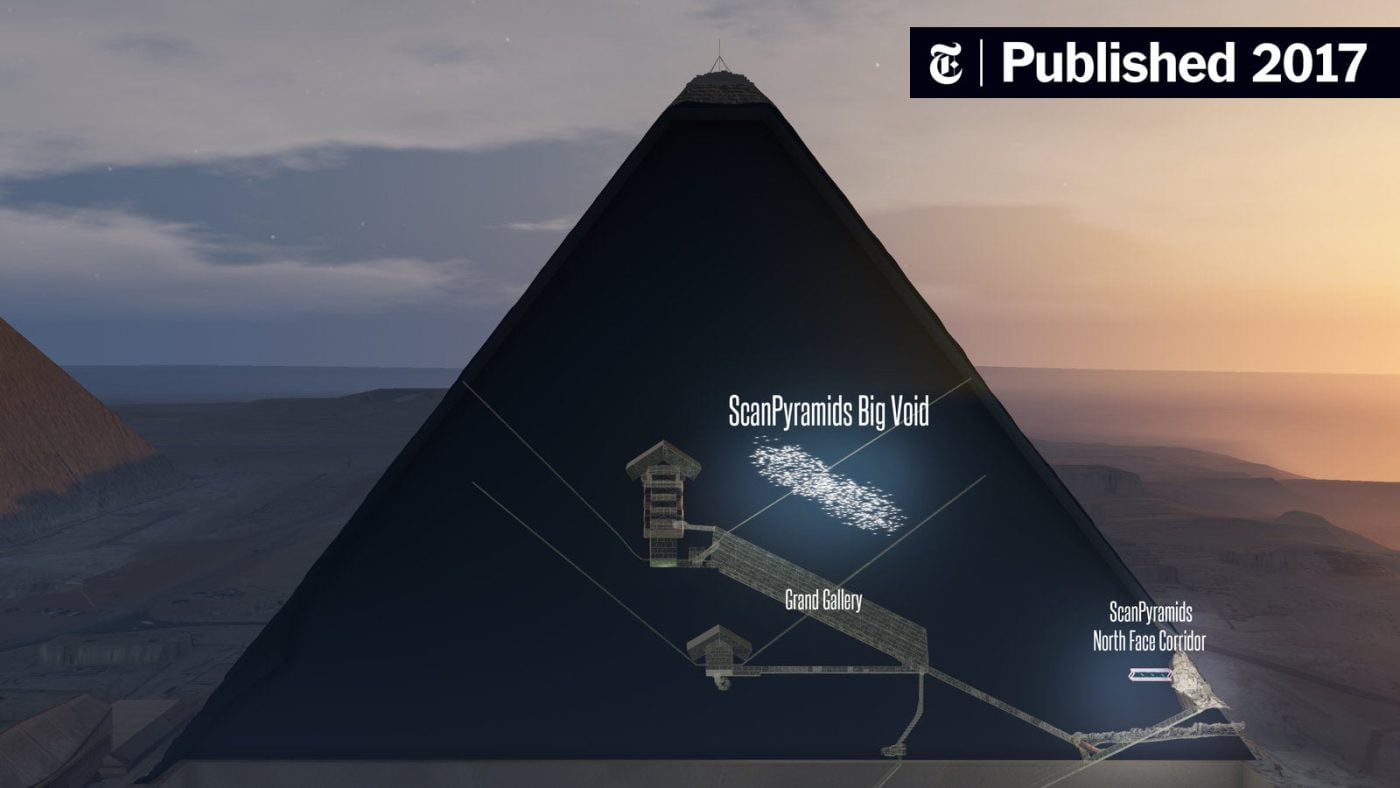
The pyramid consists of several chambers, including the burial chamber and the grand gallery, which are connected by a series of corridors and passages. Recently, a hidden corridor was discovered within the pyramid using muons, which are subatomic particles that can pass through solid objects. This discovery has sparked new interest in the pyramid and raised questions about what other secrets it may be hiding.
Another interesting aspect of the pyramid is its relation to the Giza necropolis. The Great Pyramid of Giza is part of a complex that also contains many lesser pyramids and the Great Sphinx.
The Giza Neopolis
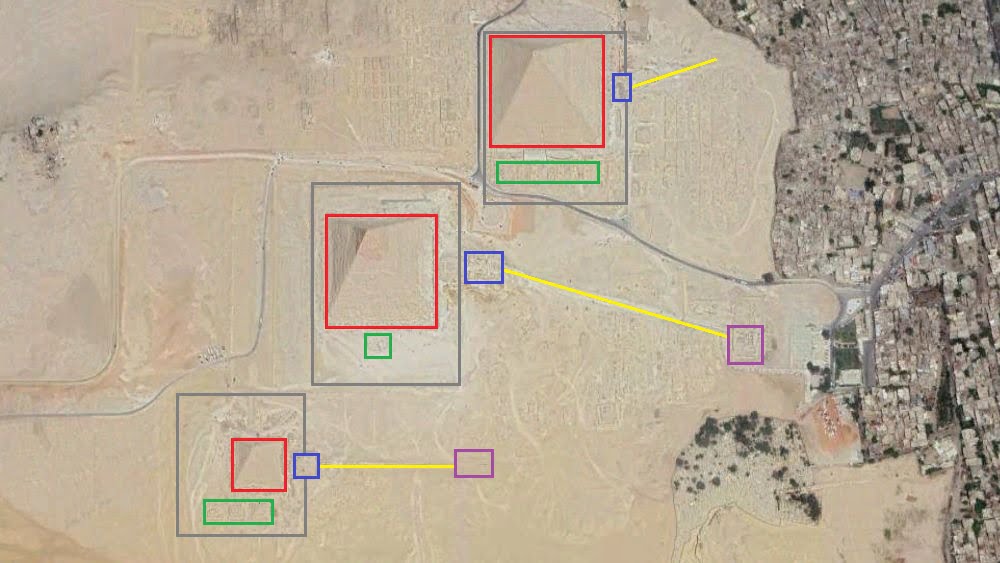
The Sphinx is said to have been created during the reign of Pharaoh Khafre, Khufu’s son. The Sphinx has sparked much conjecture and debate, with some academics claiming that it is substantially older than originally assumed.
The Great Pyramid of Giza has also been the subject of several scientific studies in recent years. One such study was the Scan Pyramids Project, which used cosmic rays to create detailed images of the internal structure of the pyramid. This project was led by Egyptian archaeologist Zahi Hawass and German physicist Christian Grosse, and it revealed several new details about the pyramid’s construction and internal structure.
As research continues, we may uncover new secrets and insights into this fascinating monument of ancient Egypt. After millennia of study, many questions surrounding the Pyramids remain unresolved. For example, why were they built?
Some believe the Pyramids were graves for Pharaohs, while others believe they had a religious or astronomical purpose. The exact methods used to construct the Pyramids also remain a mystery, with no concrete evidence to suggest how the ancient Egyptians managed to move the massive stone blocks into place.
Glossary
- Giza Pyramids: A complex of ancient Egyptian pyramids located on the Giza Plateau near Cairo, Egypt.
- Ancient Egypt: A civilization that emerged in the northeastern corner of Africa, around the Nile River, over 5000 years ago.
- Giza Plateau: A plateau in Giza, Egypt, which is home to the Great Pyramid and other pyramids and tombs of ancient Egyptian pharaohs.
- King Khufu: An ancient Egyptian pharaoh who ruled during the Fourth Dynasty, and is believed to have commissioned the construction of the Great Pyramid of Giza.
- Great Sphinx: A limestone statue with the body of a lion and the head of a human, located on the Giza Plateau near the Great Pyramid.
- Giza Necropolis: A large burial ground containing the pyramids of several ancient Egyptian pharaohs, located on the Giza Plateau.
- Seven Wonders: A list of ancient wonders of the world, which included the Great Pyramid of Giza.
- Ancient World: A term used to describe the period of human history before the Middle Ages, which includes the time of the construction of the Great Pyramid.
- Pharaoh Khufu: Another name for King Khufu, who is believed to have commissioned the construction of the Great Pyramid of Giza.
- Mostafa Waziri: An Egyptian archaeologist who serves as the Secretary General of the Supreme Council of Antiquities in Egypt.
- Grand Gallery: A long, narrow passage inside the Great Pyramid that leads to the burial chamber.
- Egyptian Pyramid: A type of ancient Egyptian tomb, made of stone and constructed in the shape of a pyramid.
- Hidden Corridor: A secret passage or tunnel that is concealed from view.
- Old Kingdom: A period of ancient Egyptian history, spanning from the 3rd to the 6th dynasty, during which the Great Pyramid was built.
- Corridor: A narrow passageway, such as the Grand Gallery inside the Great Pyramid.
- Christian Grosse: A physicist from Germany who helped develop the muon imaging technology used to study the internal structure of the Great Pyramid.
- Smaller Pyramids: A group of pyramids located on the Giza Plateau, which are smaller in size than the Great Pyramid.
- Cosmic Rays: High-energy radiation that comes from outer space and can be used to detect hidden chambers or voids inside the Great Pyramid.
- Stone Block: A large, heavy piece of stone that was used to construct the Great Pyramid.
- Valley Temple: An ancient Egyptian temple located on the Giza Plateau, which was used for the purification and embalming of pharaohs’ bodies before burial.
- Main Entrance: The main point of entry into the Great Pyramid, which is located on its north side.
- Personal Information: Data or details about an individual or group of individuals, such as the pharaoh who commissioned the construction of the Great Pyramid.
- Egypt’s Supreme Council: An organization responsible for the management and protection of Egypt’s cultural heritage, including its ancient pyramids.
- Eiffel Tower: A famous tower in Paris, France, which is often used as a comparison for the height and size of the Great Pyramid.
- Nile River: A major river in northeastern Africa, which was an important source of water and transportation for ancient Egyptians living on the Giza Plateau.
- Egyptian Museum: A museum located in Cairo, Egypt, which contains a large collection of ancient Egyptian artifacts, including some related to the Great Pyramid.
- Muons: Subatomic particles that are created by cosmic rays. When the muons reach Earth’s surface, they tickle the insides of large structures. Such as those pyramids.
- Burial chamber: A room or chamber in a pyramid or tomb where the remains of a deceased person or pharaoh were laid to rest.
- Egyptian antiquities officials: Officials responsible for the preservation and management of Egypt’s cultural heritage and historical sites, including the Giza Pyramid Complex.
- Giza Pyramid Complex: A collection of pyramids, temples, and other structures located on the Giza Plateau in Egypt, including the Great Pyramid and the Great Sphinx.
- Egyptian archaeologist Zahi Hawass: A renowned Egyptologist and former Minister of Antiquities who has led numerous archaeological excavations and conservation projects, including work on the Giza Pyramid Complex.
- Scan Pyramids Project: A scientific initiative launched in 2015 to use non-invasive scanning techniques to study the internal structure of the pyramids, including the Great Pyramid at Giza.
- Egyptian officials: Individuals appointed or elected to public office in Egypt, including those responsible for managing and protecting the Giza Pyramid Complex.
- Hidden chamber: A secret or concealed room or space within a pyramid or tomb that may contain valuable artifacts or additional burial chambers.
- Related topics: Subjects or areas of knowledge related to the study of ancient Egyptian civilization, including religion, art, architecture, and social customs.
- Ancient structure: A building, monument, or other construction that dates back to ancient times, such as the pyramids of Giza.
- Pharaoh Khafre: An ancient Egyptian pharaoh who ruled during the Old Kingdom and is known for building the second largest pyramid at Giza, the Pyramid of Khafre.
- Angle: The degree of slope or incline of a surface or structure, such as the angle of the sides of the pyramids at Giza.
- Middle East: A region that includes Western Asia and Egypt, known for its rich cultural history and the development of early civilizations.
- Unfinished corridor: A passage or hallway in a pyramid or tomb that was not completed or fully constructed, such as the unfinished corridor in the Great Pyramid at Giza.
- Sphinx: A mythological creature with the body of a lion and the head of a human, represented in ancient Egyptian culture by the Great Sphinx at Giza.
- Tallest structure: A construction or building that is the tallest in its time period or category, such as the Great Pyramid at Giza which was the tallest structure in the world for over 3,800 years.
- Internal structure: The interior arrangement or design of a building or monument, such as the internal structure of the pyramids at Giza which has been studied through various techniques like the Scan Pyramids Project.
